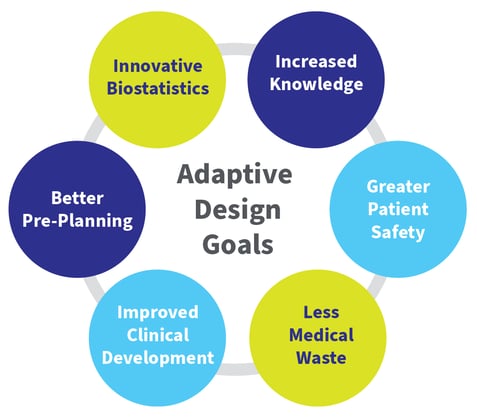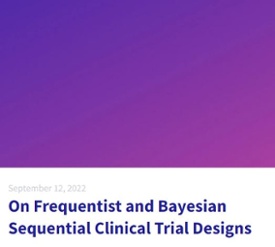Adaptive Trials at the Mainstream of Drug Development

Adaptive trial designs – that is, trials that include a prospectively planned modification based on an interim analysis – have been traditionally associated with greater efficiency and better prospects for patients without compromising statistical rigor, but new holistic approaches to creating these designs are making room for transformative, even revolutionary, changes to strategic drug development. (Cytel has developed a ten-point decision framework to see whether adaptive designs are the way forward for your clinical trial – click to read more below.)

An adaptive design can ensure the best use of the data collected during a clinical trial. And it can not only make trials faster but can also provide opportunities to obtain more information about a new drug or biologic. For example, multi-arm or population-enrichment designs can yield highly specialized information during the execution of a trial, at decreased cost to trial sponsors. Combined-phase trials ensure that data collected from patients who enroll in early phases of a trial can also be used for late-stage confirmatory elements of a trial. In general, such trials facilitate the collection of important proprietary information that can be vital for strategy and decision-making.
Overall, there are many scientific, financial, strategic, and ethical benefits to adaptive trial designs. Here are just a few:
Scientific benefits
Adaptive trials are inherently more flexible than traditional trials. In early phases, for example, adaptive designs can facilitate the collection of data that inform go/no-go decision-making, dose-response modeling, and other critical decision points. And they can empower trial sponsors to make the most of the information collected during the trial.
Financial benefits
Currently, about 70% of Phase 2 and 50% of Phase 3 trials are forecasted to fail. But adaptive designs build flexibility into a trial, enabling sponsors to take advantage of promising results mid-way through via sample size re-estimation, stratification, or other forms of protocol updates. Thus, adaptive trials ensure that sponsors can maximize net present value over the course of a trial by strategically planning possible decision-making as eventualities arise.
Strategic benefits
Early prospective planning enables adaptive strategies to maximize the expected net present value of a clinical portfolio. Adaptive techniques can enhance clinical research and development strategy. Interim looks can inform simulations and forecasting, clarifying where scarce resources ought to be expended. And adaptive designs allow planning for vulnerabilities in enrollment, medical supply, and other resource boundaries.
Ethical benefits
Adaptive designs enable a trial to stop early if there are signs that a candidate drug or therapeutic is not effective, thus allowing patients to enroll in other trials that might have more effective therapies. And patient prospects may improve in some adaptive settings, particularly if they are enrolled after an interim analysis.
There are many questions to consider when deciding whether your trial should be adaptive, such as how much improvement in areas like cost and efficiency adaptive designs would achieve and how adaptive strategies would optimize your financial strategy. Click below to learn more about the many benefits of adaptive trials and to consult our ten-point decision framework.
Read more about adaptive trials:




